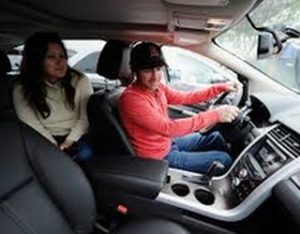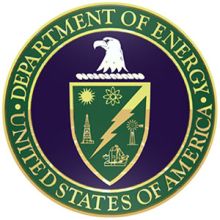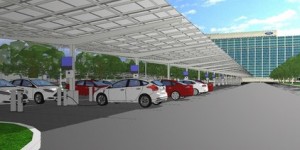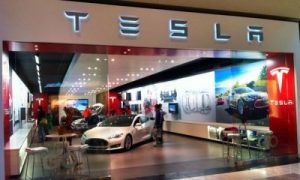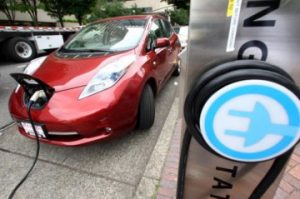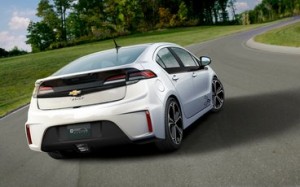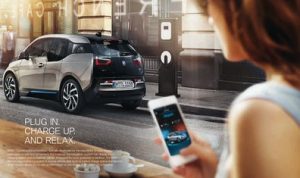by Jon LeSage, editor and publisher, Green Auto Market
Here’s my take on the 10 most significant and interesting occurrences during the past week…….
- The US Environmental Protection Agency (EPA) sent its final 2014 biofuels targets to the White House’s Office of
 Management and Budget on Friday for review and sign-off. It’s expected to take a minimum of 30 days before the decision is announced. The Obama administration will be deluged with lobbying from biofuels industry advocates asking for changes to the EPA’s recommended cutbacks, and from oil industry groups who oppose the Renewable Fuel Standard but want EPA to stand firm on proposed cuts to targets. The EPA issued its draft 2014 rule in November reducing federal requirements for use of ethanol and biodiesel at US fueling stations. Biofuel producers have been warning that the EPA proposal would hurt the industry with investments likely to dry up.
Management and Budget on Friday for review and sign-off. It’s expected to take a minimum of 30 days before the decision is announced. The Obama administration will be deluged with lobbying from biofuels industry advocates asking for changes to the EPA’s recommended cutbacks, and from oil industry groups who oppose the Renewable Fuel Standard but want EPA to stand firm on proposed cuts to targets. The EPA issued its draft 2014 rule in November reducing federal requirements for use of ethanol and biodiesel at US fueling stations. Biofuel producers have been warning that the EPA proposal would hurt the industry with investments likely to dry up. - LG Chem added Volkswagen Group to its client list along with General Motors. The Korean battery maker has secured a supply contract with Volkswagen’s Audi brand, supplying cells to Audi for Audi’s next-generation plug-in hybrid electric vehicles. Audi shares several platforms with VW, and its’ expected LG Chem will supply cells to their plug-in vehicles as well. Audi says it will be launching its 2016 Audi A3 e-tron Sportback next year, a plug-in hybrid. LG Chem also supplies batteries to Ford (for the Focus Electric), the Hyundai and Kia brands, and to Renault.
- Ridesharing market leader Uber has hired President Barack Obama’s 2008 campaign manager, David Plouffe, as its senior vice president of policy and strategy. Uber is fighting a war with the taxi industry in several states, and with airport authorities, as it attempts to roll out its ridesharing service for customers who use their mobile device to book a trip. Taxi drivers and taxi companies are furious over Uber drivers going outside the taxi regulatory structure – and the steep taxi driver licensing fees. Plouffe plans on running Uber’s communication efforts more like a presidential race, attempting to woo consumers and regulators alike with the company’s rapid-growth strategy.
- A123 Systems has a new identity in the marketplace, according to new CEO Jason Forcier – a supplier of low-voltage batteries instead of battery packs for the Fisker Karma and other plug-in electric vehicles. Low-voltage batteries power portions of a vehicle’s operations including starting and regenerative braking. Competitors include Johnson Controls and LG Chem. A123 recently hired former Johnson Controls executive Patrick Hurley as its chief technology officer. Hurley previously served as executive director for global core engineering for Johnson Control’s power solutions business unit.
- Renault-Nissan and Mitsubishi are working together to bring a small electric vehicle to the Japanese market. The first EV model from the joint venture should be coming out in fiscal year 2016 and will potentially be priced at 1.5 million yen (about $14,700).
- European Union (EU) regulators are taking actions similar to the US Environmental Protection Agency on vehicle mileage ratings. The EU would prefer to have vehicle fuel consumption tested on roads rather than in laboratories to keep automakers from exaggerating MPG ratings and emissions credentials. An EU official, talking off the record, said a proposal on “a new real-world testing method” was expected by the end of this year; it would need to be endorsed ty EU member nations.
- Ford is developing a Green Zone system that will bring more energy efficiency to Ford’s hybrid, plug-in hybrid, and battery electric vehicles. It could also help motorists avoid tolls and penalties as more cities are now enacting restrictions on driving conventional internal combustion engine vehicles in inner cities. Green Zone may also be used to make Ford vehicles more electricity efficient on non-engine power functions like headlights and transmissions. Ford is also working on introducing a new hybrid model in late 2018 that will compete directly with the top-selling hybrid, the Toyota Prius. It will be Ford’s first dedicated hybrid model.
- How many days does it take to install six Supercharger stations? Eleven days, according to a report in Teslarati on installing its fast-charging stations in Goodland, Kansas, including at a Holiday Inn Express hotel – where the company had to dig trenches so that underground power conduits can be laid out by the local utility. Tesla installed its first Supercharger site in 2012, and has been steadily expanding its network for Model S owners to take long-distance trips.
- Disney World’s Epcot theme park in Orlando is installing electric vehicle chargers for its guests. That follows in the footsteps of the Disneyland Resort in Anaheim, Calif., where 20 charging ports were installed on the first floor of the Mickey & Friends parking structure for guests and another 10 were installed for cast members. (Editor’s note: About three years ago, I called Disneyland’s sustainability officer and requested that the Autopia race car ride get electric cars instead of the smelly and loud gasoline-engine cars. He thought it was a good idea but doubted it would be carried out, as other sustainability projects were high priority.)
- Propane Education & Research Council has a new logo and brand identity for propane, PROPANE Clean
 American Energy. The logo highlights propane as an increasingly American-made alternative fuel at a time when US propane production from natural gas liquids is at record levels, according to the PERC. PERC President and CEO Roy Willis says that the change also emphasizes recent investments by the propane industry in new technologies, including propane-powered vehicles, school buses, mowers, irrigation engines, and other equipment.
American Energy. The logo highlights propane as an increasingly American-made alternative fuel at a time when US propane production from natural gas liquids is at record levels, according to the PERC. PERC President and CEO Roy Willis says that the change also emphasizes recent investments by the propane industry in new technologies, including propane-powered vehicles, school buses, mowers, irrigation engines, and other equipment.


